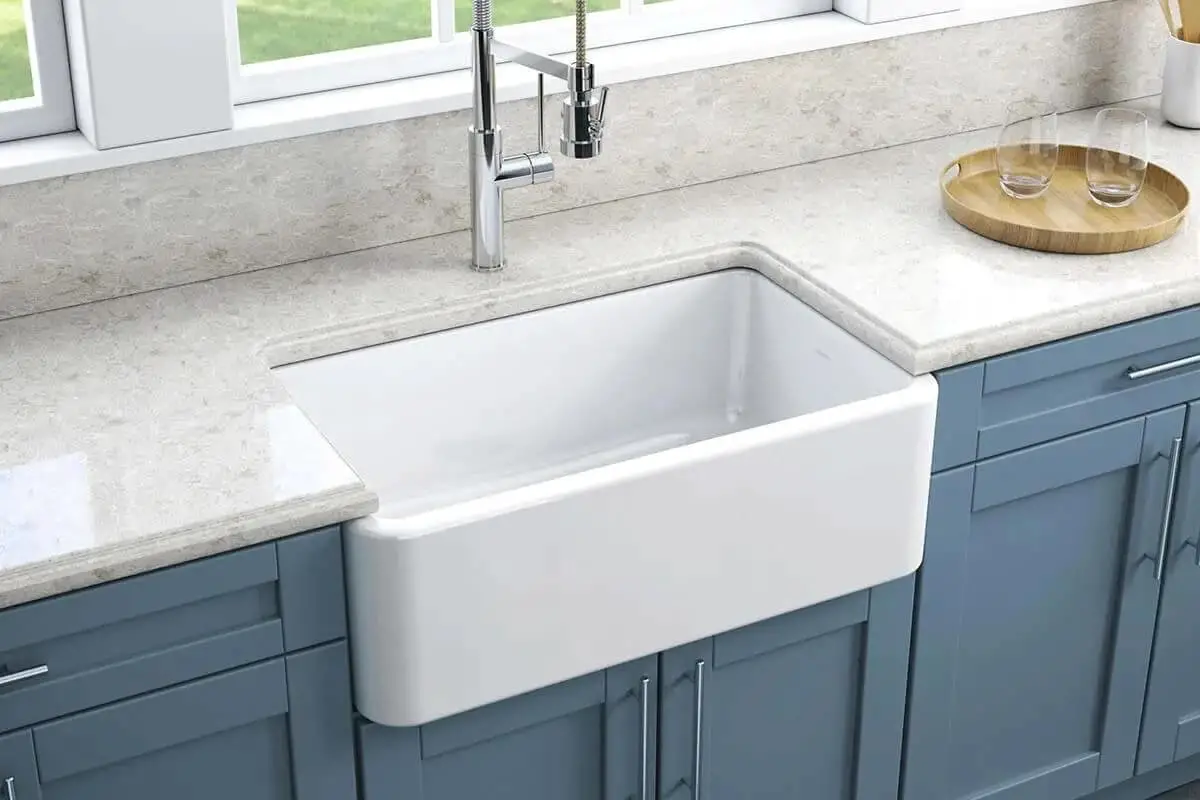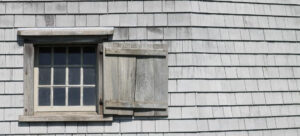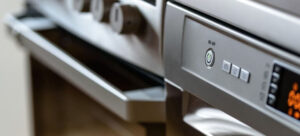When it comes to selecting the perfect material for your kitchen sink or countertop, the decision can be overwhelming. Fireclay and ceramic are two popular options that offer durability, style, and functionality. In this article, we’ll dive into the differences between fireclay and ceramic, helping you make an informed choice for your kitchen upgrade.
Introduction
When revamping your kitchen, choosing the right sink or countertop material is crucial. Fireclay and ceramic are often in the spotlight due to their timeless charm and sturdiness. Let’s explore the differences between these materials to help you determine which one suits your needs.
Composition and Manufacturing
Fireclay: Fireclay is crafted from a mixture of clay and glaze, which is then heated at high temperatures to form a dense and hard surface. The name “fireclay” originates from this intense firing process that strengthens the material.
Ceramic: Ceramic, on the other hand, involves baking clay at lower temperatures. It’s made from natural materials like clay, minerals, and water, resulting in a versatile and economical choice.
Durability and Strength
Fireclay: Known for its exceptional strength, fireclay resists chipping, scratching, and fading. It can withstand heavy impact and is less likely to show signs of wear and tear over time.
Ceramic: Ceramic is durable but slightly more prone to chipping and cracking compared to fireclay. It might not be as resilient in handling heavy cookware or sharp utensils.
Aesthetic Appeal
Fireclay: Fireclay sinks and countertops offer a classic, elegant look with a smooth, glossy finish. They add a touch of sophistication to both traditional and modern kitchens.
Ceramic: Ceramic surfaces come in a wide array of colors and patterns, allowing for greater design versatility. They can complement various kitchen styles and themes.

Maintenance and Cleaning
Fireclay: Fireclay’s non-porous surface makes it resistant to stains and easy to clean. Regular cleaning with mild soap and water is usually sufficient to maintain its shine.
Ceramic: Ceramic surfaces are also easy to clean, but their grout lines might require extra attention. They can be susceptible to staining, especially if not sealed properly.
Heat and Impact Resistance
Fireclay: Fireclay can endure high temperatures and sudden changes in temperature without cracking. It’s a suitable option for a busy kitchen where hot pots and pans are common.
Ceramic: While ceramic can handle moderate heat, extreme temperature changes can cause cracks. It’s important to use trivets or hot pads to protect the surface.
Price Range
Fireclay: Fireclay tends to be more expensive due to its manufacturing process and durability. It’s an investment that pays off in the long run.
Ceramic: Ceramic is generally more budget-friendly, making it a popular choice for homeowners seeking an appealing yet affordable option.
Installation Process
Fireclay: Fireclay sinks are heavy and require professional installation. The process involves proper sealing and support to ensure longevity.
Ceramic: Ceramic sinks are lighter and can be easier to install. However, proper installation is still crucial to prevent leaks and damage.
Environmental Considerations
Fireclay: The production of fireclay involves higher energy consumption due to the intense firing process. However, its durability can contribute to a longer lifespan, reducing the need for replacements.
Ceramic: Ceramic’s manufacturing process is generally more energy-efficient. Its lower weight also contributes to reduced transportation emissions.
Which One Should You Choose?
The choice between fireclay and ceramic ultimately depends on your preferences, budget, and kitchen habits. If you prioritize durability and are willing to invest, fireclay might be the ideal choice. On the other hand, if you’re looking for budget-friendly versatility, ceramic could be the winner.
Conclusion
Selecting the right material for your kitchen sink or countertop is a significant decision. Both fireclay and ceramic offer unique benefits and style, so assess your needs and preferences carefully. Whichever option you choose, you’re on your way to enhancing the functionality and aesthetics of your kitchen.
FAQs
Q1: Can I place hot pans directly on a fireclay sink?
A1: Yes, fireclay sinks are highly heat-resistant and can withstand direct contact with hot cookware.
Q2: Is ceramic more prone to staining?
A2: While ceramic is generally easy to clean, it’s important to clean up spills promptly to avoid staining.
Q3: How do I prevent chipping in a ceramic sink?
A3: To prevent chipping, avoid dropping heavy objects into the sink and use a protective mat for washing hard items.
Q4: Are fireclay sinks eco-friendly?
A4: Fireclay production is energy-intensive, but their durability can offset the environmental impact over time.
Q5: Can I install a fireclay sink myself?
A5: Due to their weight and installation complexities, it’s recommended to hire a professional for fireclay sink installation.



